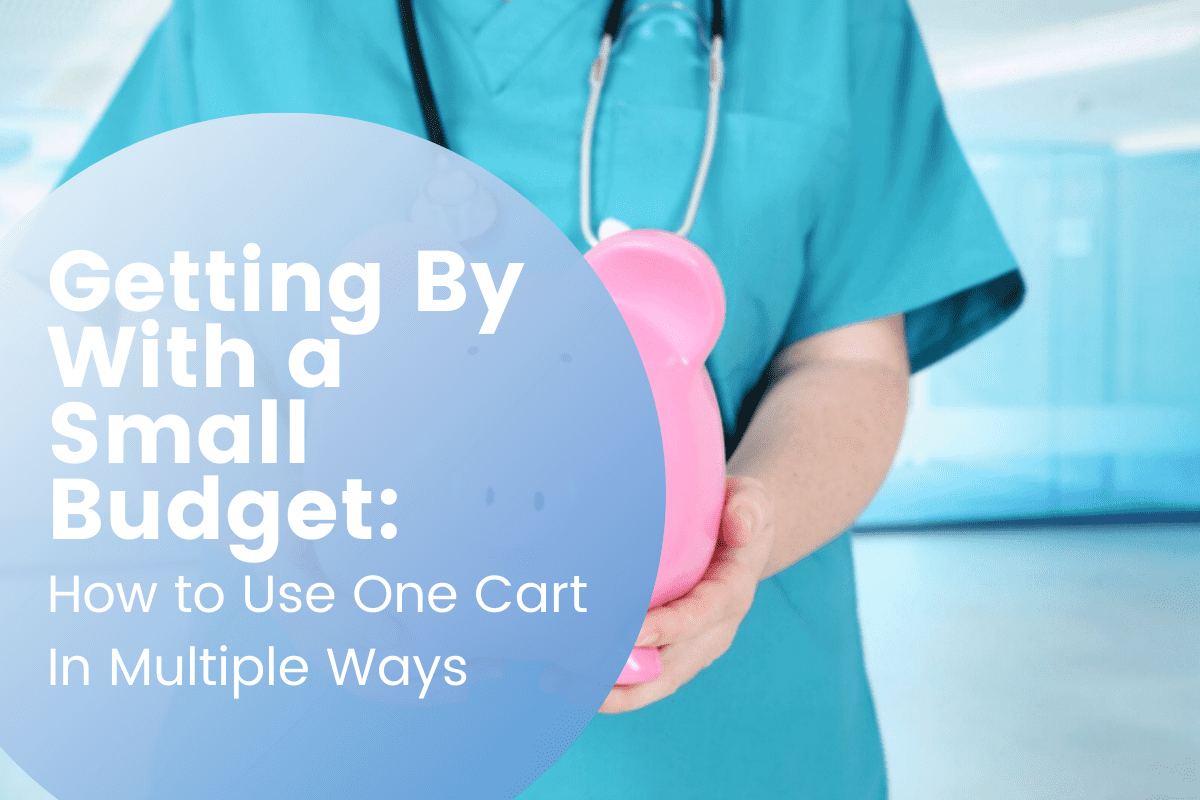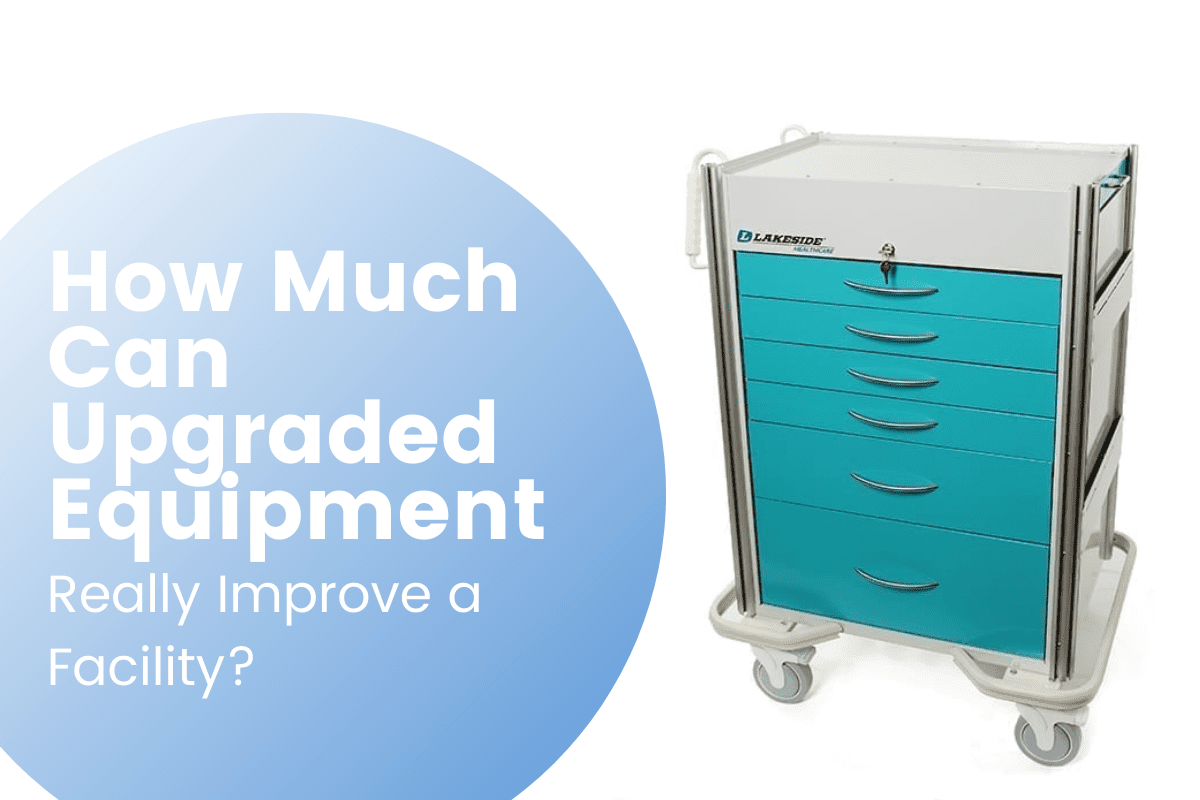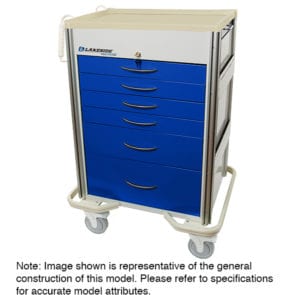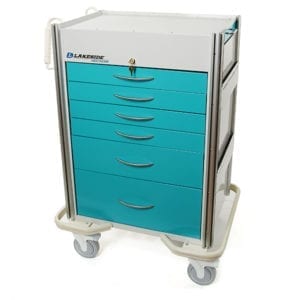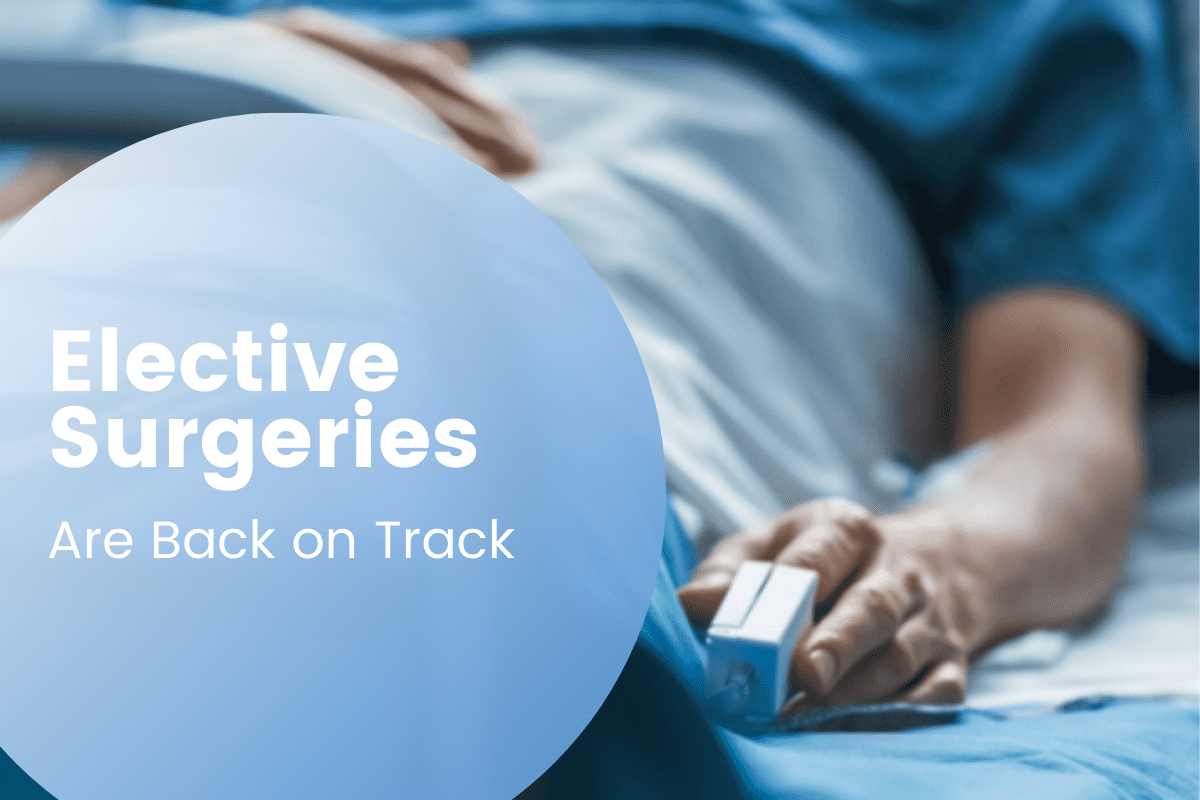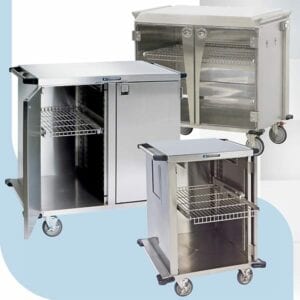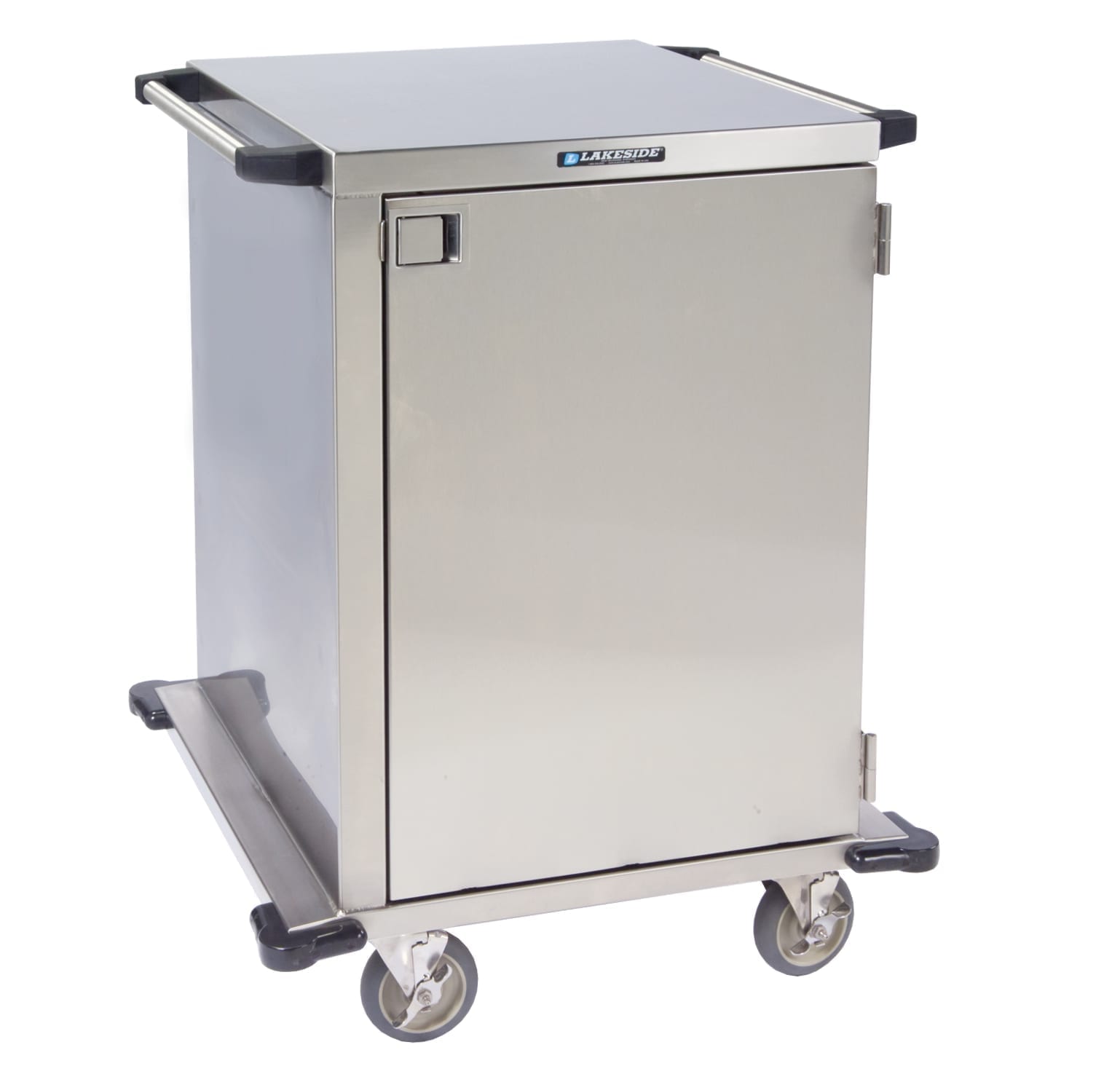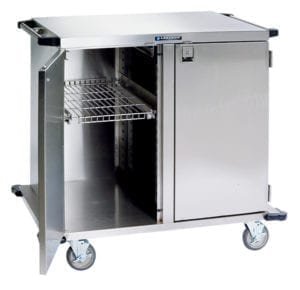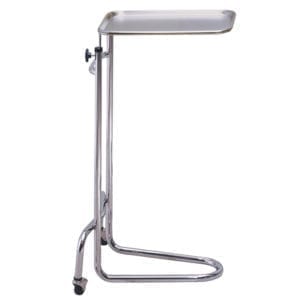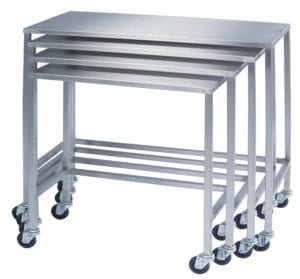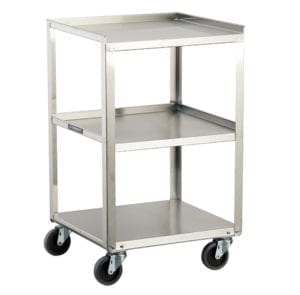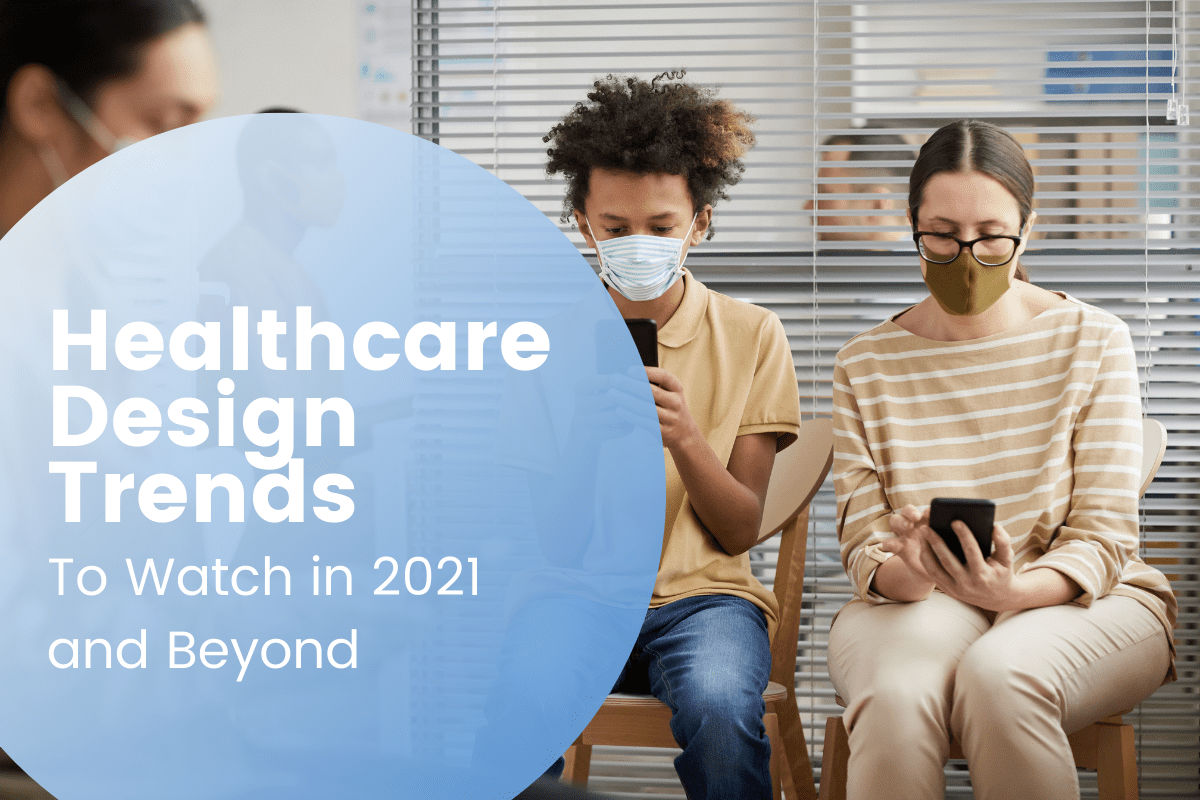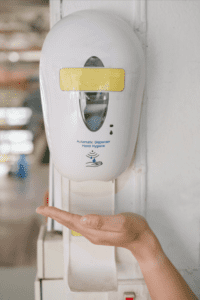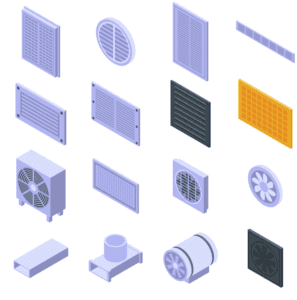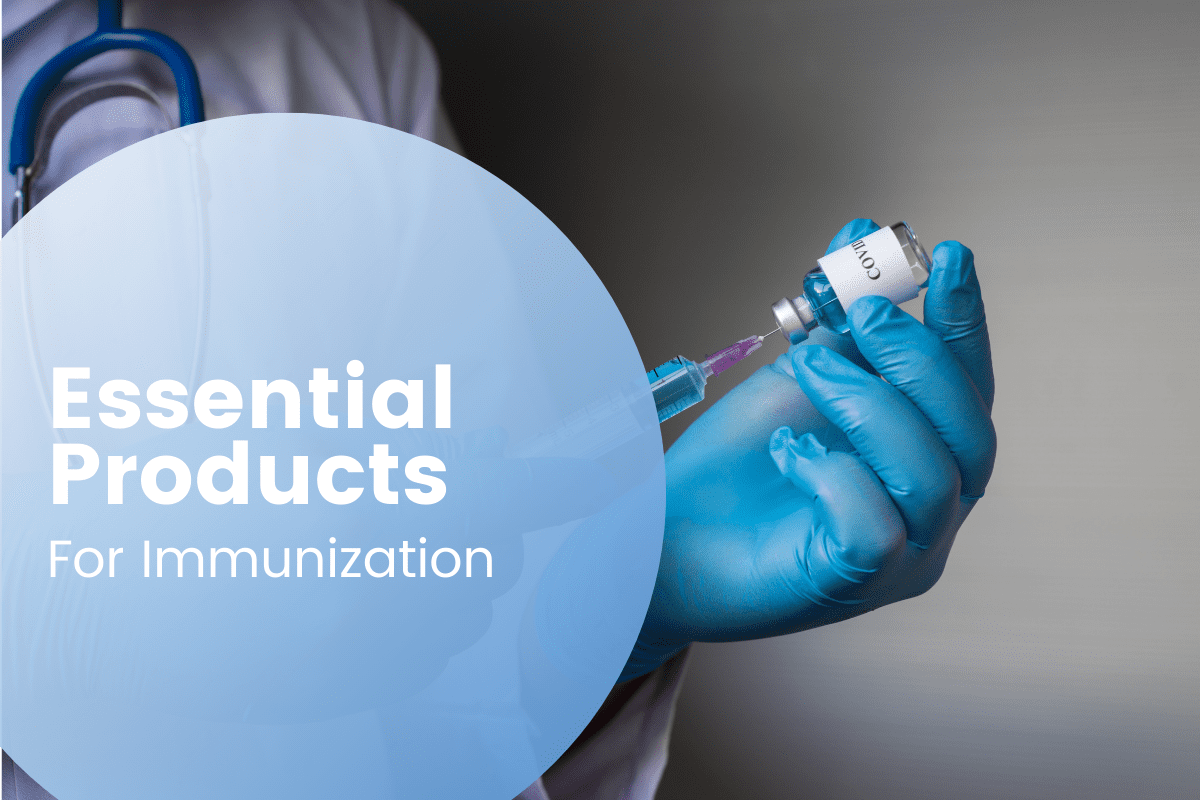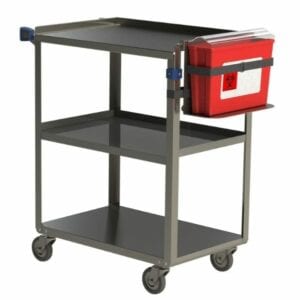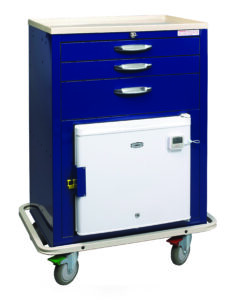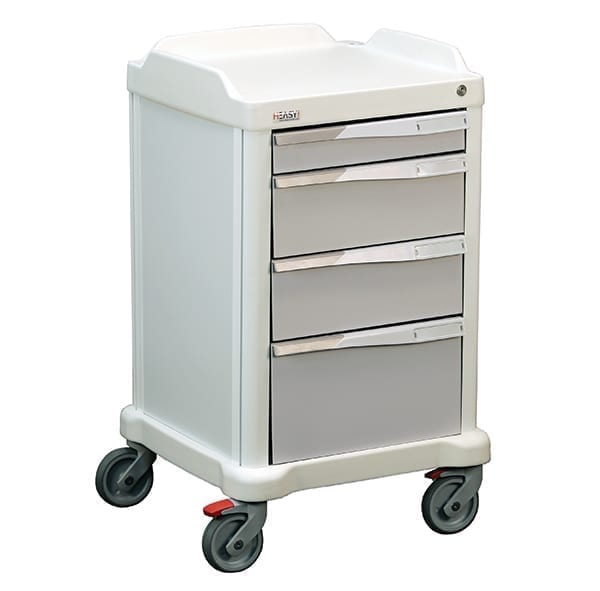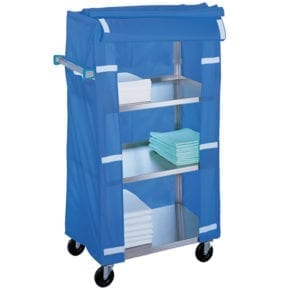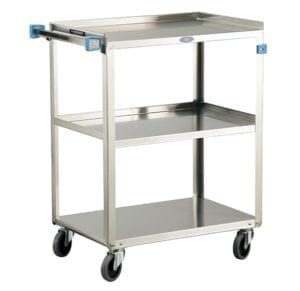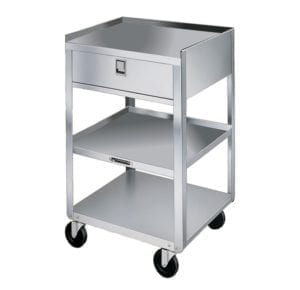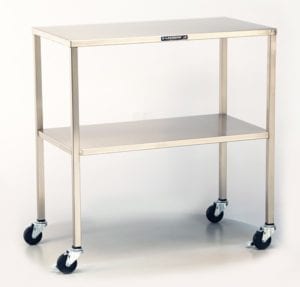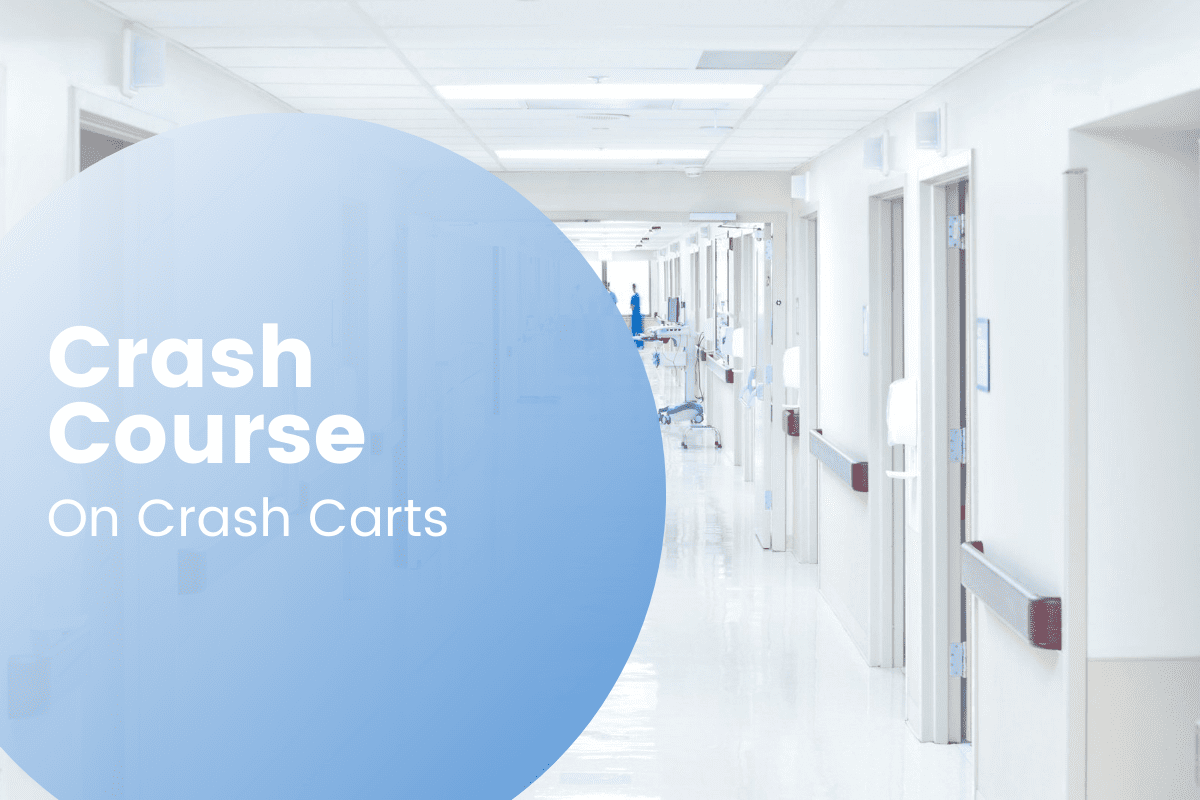
ER Visits Are Increasing As People Are Gearing Up For Active Summers
As the summer months approach, people are starting to enjoy more outside activities. While it’s great that a lot of people are getting outside, it also bring with it some inherit risks, and usually leads to more ER visits. With the coronavirus pandemic still lingering, people are clamoring to get outside and enjoy the nice weather even more than usual, which will undoubtedly lead to more accidents occurring. Hospitals and emergency rooms nationwide should be prepared for an influx in visits with more people enjoying outside activities.
It’s no secret that ER visits increase in the warmer summer months, with many studies and data showing so. In fact, visits to the ER can increase by 15-27% during the summer compared to the other seasons. There’s many different reasons for the increased number of trips to the emergency room including:
-
Joint Injuries: As many people get out in the warm weather and enjoy activities, joint injuries will inevitably happen. Anything from a small twist to a serious injury can occur from normal activities and summer sports, and ER’s have to prepared to treat these common occurrences in the summer.
-
Burns: Whether it’s from falling asleep in the strong sun, or getting a little too close to the campfire to get that perfect char on the s’more, burns are a very common injury in the summer. Emergency rooms are no stranger to treating burns throughout the warmer months.
-
Trampolines: Although they are many parents’ and doctors’ worst nightmare, trampolines have been entertaining kids across America for years. While they are a great way for kids to get out all of their extra energy, they can also be quite dangerous, and tramp-related trips to the ER are quite common throughout the summer.
-
Motor Vehicle Accidents: Riding ATV’s, motorcycles, and dirt bikes are popular activities in the summer, and every year injuries occur from them. Wearing a helmet is always recommended, but that won’t prevent all of the injuries that Emergency Rooms treat from these activities.
-
Swimming Injuries: Every summer people flock to spend time by the water, and every year people get injured while swimming. Drowning is obviously the number one concern when it comes to swimming, but spinal injuries from diving into shallow water are also common and something that ERs have to be prepared for in the warm summer months.
-
Biking Accidents: Biking accidents are one of the biggest causes of ER trips in the summer. Biking is one of the most common activities for children and adults alike in the US, and is not an unusual way to get injured. People fall off of their bikes all the time and it not uncommon for a cyclist to get into an accident with a car. The popularity of biking makes it such a large reason for ER visits in the summer.
With all of the increased outdoor activity, hospitals and clinics nationwide need to make sure that their Emergency Rooms are equipped with everything they need to treat common summertime injuries. Emergency departments need to have a lot of supplies at the ready to make sure that they can treat any type of injury that may come into their clinic.
One specific need that ER’s need to make sure they have this year more than previous years, is storage for PPE. While we are getting close to the end of the pandemic, it’s still important to take appropriate measures to reduce the spread of the virus, and using proper PPE is crucial in hospitals. Patients that are rushing to the ER are most likely not going to be thinking about this, so it’s important to have extra masks and any other supplies on hand for these situations.
One of the most important pieces of equipment in any ER is a good crash cart. Crash carts should have everything that a clinic would need to treat any emergency and are very helpful in these situations where there isn’t a lot of time to prepare.
Lakeside offers different lines for crash carts which are customizable to ensure that they have everything your specific department needs. The Classic Crash Carts are a staple in many facilities, and have been helping hospitals deal with emergencies for many years. The Preferred Crash Carts are a step up, and come equipped with tons of life-saving features to take the worry off of doctors. If neither of those crash carts seem right for your ER, then the Persolife Emergency Cart with a European design may be the answer! Crash carts are crucial for emergency departments to function efficiently and effectively, and Lakeside offers some of the best in the business. Additionally, these carts are super customizable and can be configured to work perfectly in any ER.
Another very important part of an ER is equipment stands for surgical procedures. Patients will inevitably come to the emergency room in urgent need of an operation. Doctors and healthcare staff do not have time to get everything prepared in these spur of the moment situations, which is why clinics have to make sure that their emergency department is already prepared for anything. Good quality equipment stands help make sure that surgeons are ready to operate and do not have to worry about having the right tools for the job.
Spring is here and summer is right around the corner, which means that outdoor activities are on the rise. After many people were stuck in their houses throughout the winter with not much outdoor time and even less social events due to the pandemic, do not be surprised if you see people flooding outside this summer. Unfortunately, this will lead to more trips to the ER, which is why it’s more important than ever that hospitals have everything in place to deal with the increased activity. Get in touch with us at Lakeside, and let us know how we can help equip your facility’s ER with everything they’ll need this summer!
